Today we are looking at filtering. Instead of using a standard sieve or colander and sieving foodstuffs I thought we'd use toys to make a fun toy sorter filter!
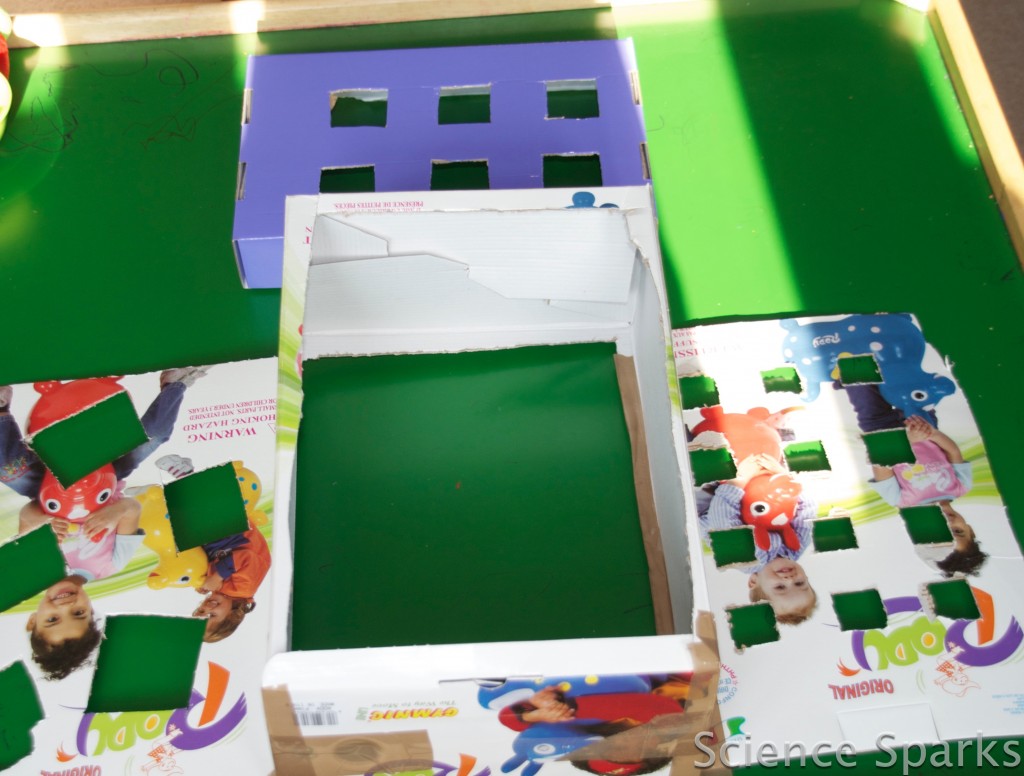
How to make your own toy sorter
We found some old cardboard boxes and cut different sized holes in each one. Then I asked the children to find me lots of different sized toys. We talked about what we thought would happen and which toys would fit through the different boxes.
Then we filtered the toys, starting with the box with the largest holes.
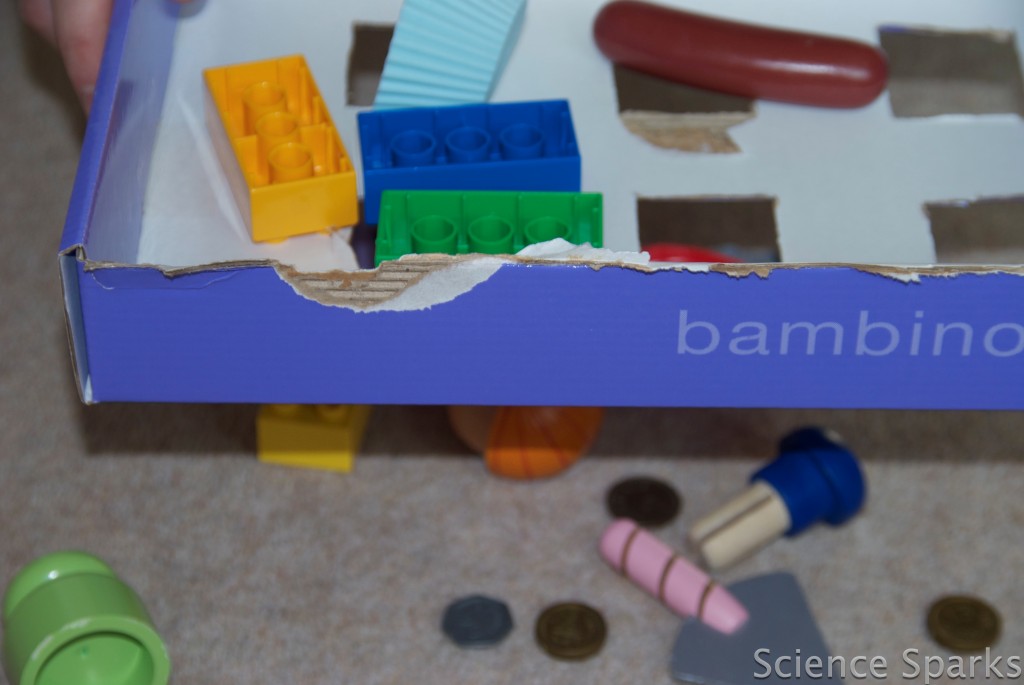
The toys were separated into three piles. The middle two piles looked very similar in size. We discussed why this might be and decided the shape of the toy and the angle it was at when being filtered would affect whether it passed through the hole.
How does a toy sorter work?
Today's science investigation was very simple, but the concept of size and separating by size is quite important for young children to grasp.
You could try getting children to line up objects in order of size and shape before filtering and asking them to predict what will happen.
More Easy Science for Kids
Learn more about filtering by cleaning water by filtration
Try one of our easy Early Years science experiments! We've got Pirate, Under the Sea, People Who Help Us and Fairy Tale-themed activities.
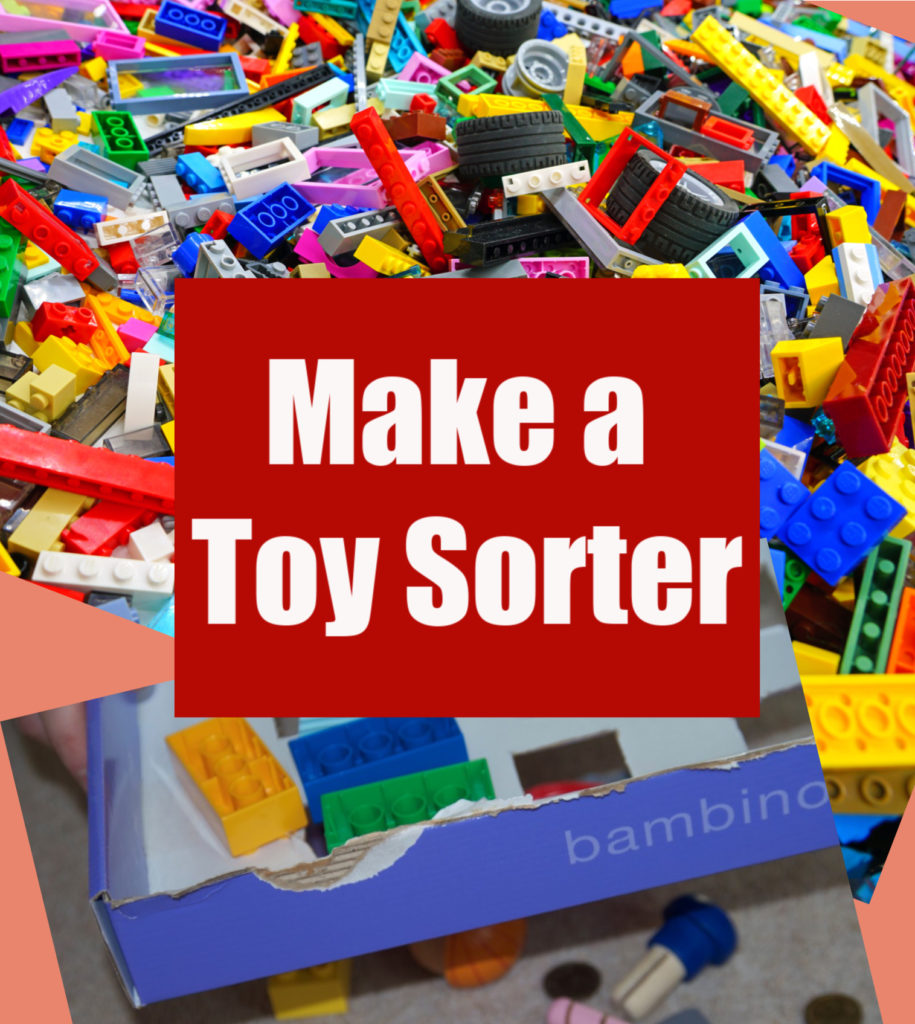
Last Updated on February 27, 2023 by Emma Vanstone

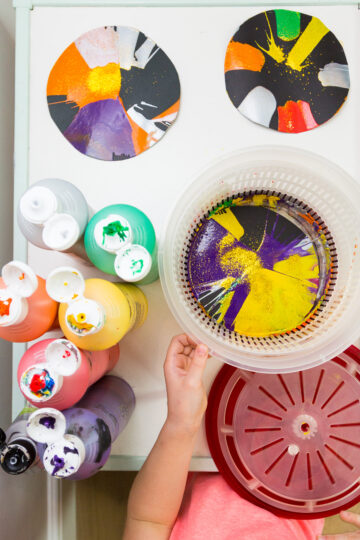
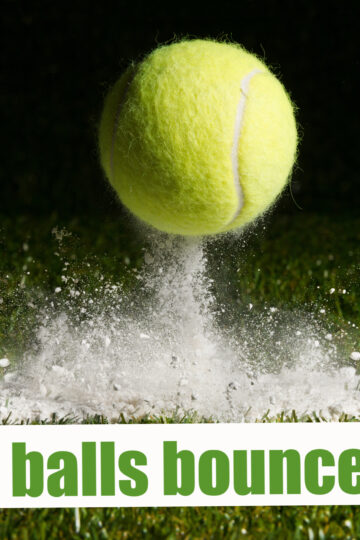
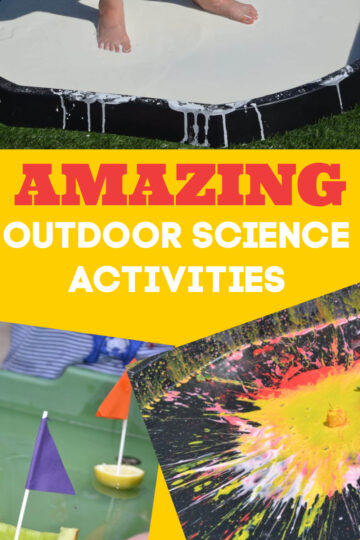
sunnymama says
This is a great idea and it looks fun too! 🙂
ScienceSparks says
Thank you. It was lots of fun. x
Multiple Mummy says
Genius Idea! I am so impressed!
ScienceSparks says
Awww, thanks lovely. xx
Rebecca says
Great idea. What a fun way to introduce this concept. Makes it more relevant.
ScienceSparks says
Thanks Rebecca.
sherri says
Great idea!
I love it!
ScienceSparks says
Thank you, so glad you like it.
Multiple Mummy says
Genius! Pinning it!
Thanks for linking to Family Frolics.
MM
xx
🙂
Mary says
Great idea!
Kim says
Love this! It would be a good exercise for semi-permeable membranes as well.
Carrie says
What a great lesson! Thank you for sharing it at Sharing Saturday!!
maggy,red ted art says
Looks like a great fun idea! Simple and effective!
Thank you for sharing on Kids Get Crafty!
Maggy
ScienceSparks says
Thanks Maggy. They just thought their caterpillars were new toys and were so pleased with them. x
Elouise says
FINALLY someone who has the same opinion as me… “The bare and haunting instrumental was the best aspect of â€â1grantallearaœ€̶T;so true!!!! i absolutely LOVE the instrumental it just LACK the awesome lyrics to fit the epic instrumental…
amore says
water is used for what? i need the answer for our term paper. thanks